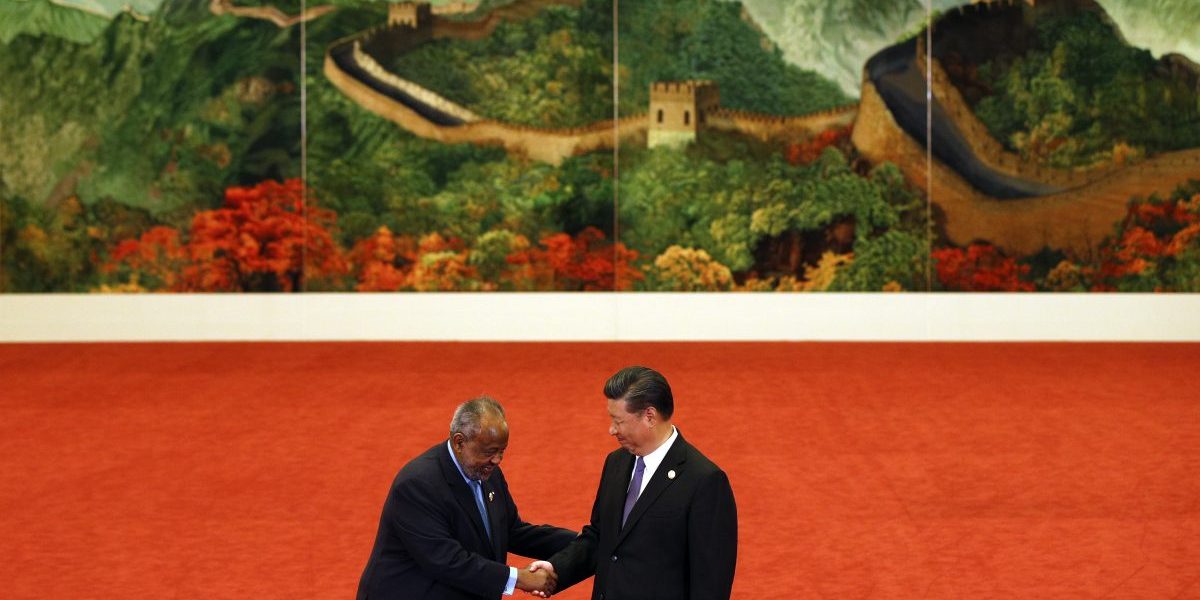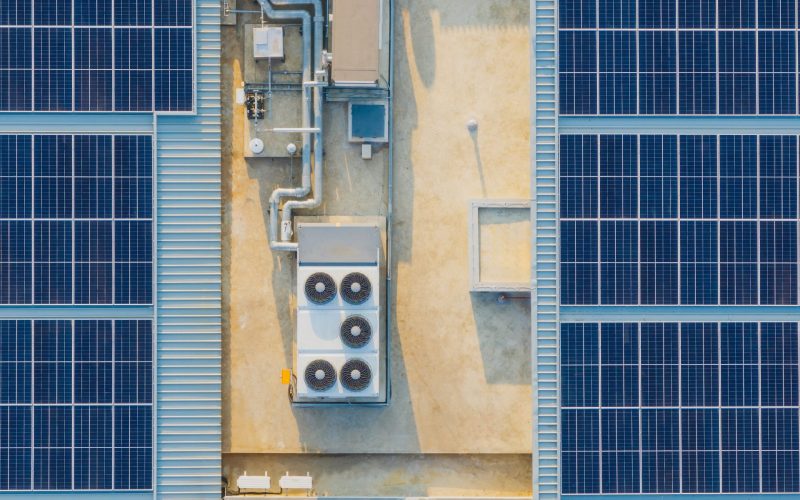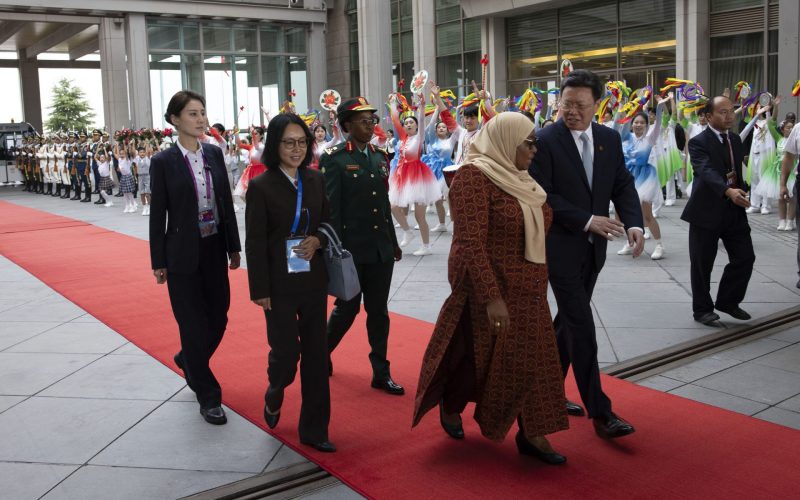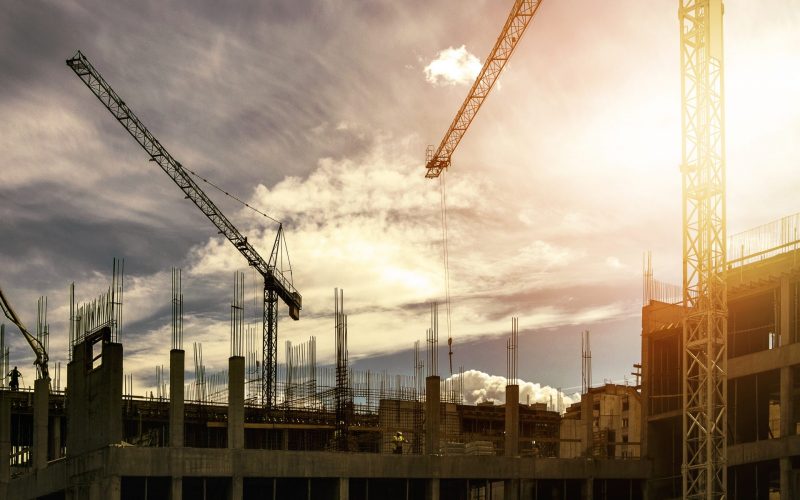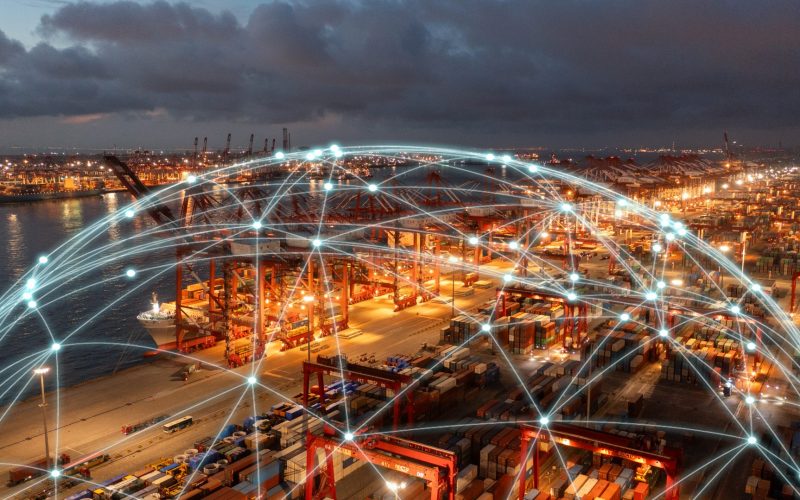This policy insight uses data on African debt to interrogate this notion. It explains why African debt is rising and why Chinese loans are particularly attractive from the viewpoint of African governments. It concludes that the debt trap narrative underestimates the decision-making power of African governments. However, there are important caveats for African governments. These include the impact of China’s Belt and Road Initiative (BRI) on African development agendas, the possible impact of spiralling debt on African sovereignty, and the complex impact of corruption.
Introduction
The increase in public debt in Africa has been a subject of scrutiny in recent years. This policy insight examines the rise of sovereign debt in Africa, with a focus on Chinese lending. It seeks to understand why African debt is growing, taking into account the geopolitical context of China-Africa relations that informs the uptake of, response to, and implications of rising public debt in Africa.
After a period of manageable public debt in Africa, debt is on the rise once more. To understand why this is raising concern, one should look back to the impact debt has had on Africa in the past.
During the 1980s, African economies had substantial sovereign debts that they were unable to repay, and by the mid-1990s much of the continent was frozen out of the global financial system. This was followed by attempts to address the debt problem through structural adjustment programmes (SAPs).
As will be explored in more detail below, these were largely destructive failures. The solution, reached in 2005, was for lenders to write off loans to heavily indebted poor countries (HIPCs), 30 of which were in Africa. With fresh credit and better economic policies, many of these countries turned their fortunes around. By 2012 the median debt level in sub-Saharan Africa (as defined by the International Monetary Fund, or IMF) had fallen to just 30% of gross domestic product (GDP).
The IMF believes that the threshold for low-income countries is an external debt ratio of about 40%. For countries with debt ratios below this level, the probability of a debt crisis or ‘correction’ is around 2-5%; for countries with debt ratios above this level, the probability rises to about 15-20%. Today, however, the median debt-to-GDP ratio in the region is back over 50%. Africa’s debt-to-GDP ratio had been trending downward until it picked up in 2012, with an increase from 37 to 56% of GDP between 2012 and 2016…

